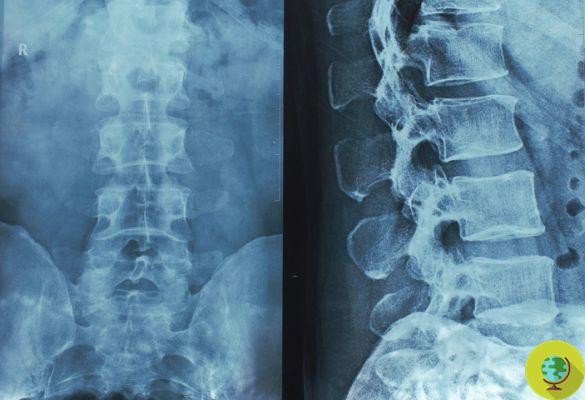
Jasper, the puppy with a severe spinal cord injury, is back for walking. All thanks to his olfactory cells. The latter were used to rebuild the damaged marrow, allowing the lucky dachshund to walk again.
He is about to end up run over, his mother saves him
Jasper, the puppy with a severe spinal cord injury, is walking again. All thanks to his olfactory cells. The latter were used to rebuild damaged marrow, allowing the lucky dachshund to run around again.
That the cells of the nose could be useful in the treatment of damage to the spinal cord this is nothing new, but finally a team of researchers has managed to use them to treat animals. L'University Veterinary School and Regenerative Medicine Centrand the university of Cambridge in fact, he transplanted the cells of the nose in some dogs that for some time they could no longer walk and move their paws. How? Creating a sort of 'bridge' between the damaged and the healthy part of the spinal cord tissue.
Scientists used a single type of cell for regenerate the damaged part of the dog's spine, that of their nose. In the study, a group of dogs were injected with olfactory cells obtained from the inside of the nose at the site of the lesion. The puppies were then under observation for 24 hours before returning home to their owners. Thereafter, they were checked at monthly intervals to see if neurological function had been restored. Their mobility was observed by doing walking the animals on a treadmillt supported by a harness. Specifically, the researchers looked at the dogs' ability to coordinate the movement of their forelimbs and hind limbs.
And the results have been positive. THE dogs undergoing the treatment showed significant improvements. The researchers are cautiously optimistic that the procedure could also be used in the treatment of human patients with similar injuries, in conjunction with other therapies.
Il prof. Robin Franklin, co-author of the study for the Wellcome Trust-MRC Cambridge Stem Cell Institute, said: “Our results are extremely interesting because they demonstrate for the first time that this type of cell transplant in a severely damaged spinal cord can lead to significant improvement. We are confident that the technique may be able to at least partially restore the movement of human patients with spinal cord injuries. "
The study was published in the latest issue of the journal Brain.
Read also:
- Tumor sniffing dogs to diagnose urine prostate cancer


























